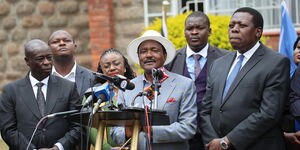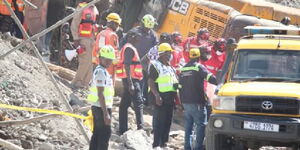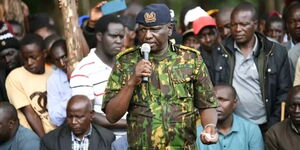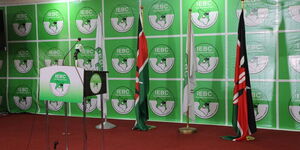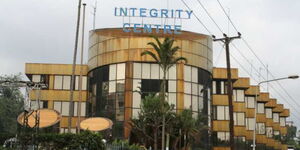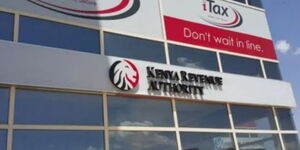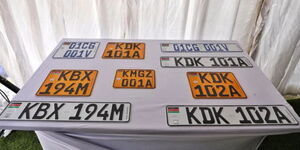For any car to be allowed to operate in the country, it must have an inspection sticker issued by the National Transport and Safety Authority (NTSA).
The sticker confirms that a car is fit to operate in the country without endangering the lives of other road users.
Inspection is done in collaboration with the Kenya Bureau of Standards (KEBS) and supervised by the government through the National Police Service (NPS).
During the exercise, car owners are expected to present their automobiles to inspection centres set by the government. For instance, car owners in Nairobi go to the Upper Hill Inspection centre.
Key Elements NTSA Looks At
Safety Requirements
To ascertain if a car is fit to operate in the country, the government confirms the automobile's date of manufacture, steering wheel, condition of tyres, electrical wiring and equipment and lighting system.
Under electrical and wiring, the car's battery is checked, and so are warning lights, headlights, rear lamps, direction indicators and hazard lamps.
During the exercise, the braking system and components are also checked to confirm if a car is fit to operate on Kenyan roads.
Suspension, windscreen glass, seat belts and general condition of the vehicle structure are also inspected during the exercise.
"Defects to be checked for condition of the body shall be body panelling and guard rail, PSV flap type doors and PSV luggage compartments," KEBS stated in their inspection checklist.
"Defects to be checked for doors shall be missing door, hinges, stiff doors and worn out door hinges," the checklist further adds.
However, the conditions vary depending on the car, such as Public Service Vehicles (PSV) and personal cars.
Environmental Requirements
The government subjects new cars to visual inspection. The exhaust shall not emit dense blue or clearly visible black smoke, the government demands before approval.
They are also subjected to standard emissions tests where the concentration of carbon monoxide (CO) is not expected to exceed 0.5 per cent volume, and hydrocarbons (HC) concentrations shall not exceed 0.12 per cent volume (1 200 ppm).
A noise level test is also conducted- the permitted noise levels that a vehicle produces shall not exceed 90 dB.
Where a person is employed as a driver of a PSV vehicle, the noise which he is exposed to shall not exceed 90 dB and shall be in conformity with other laid down government regulations in operation

